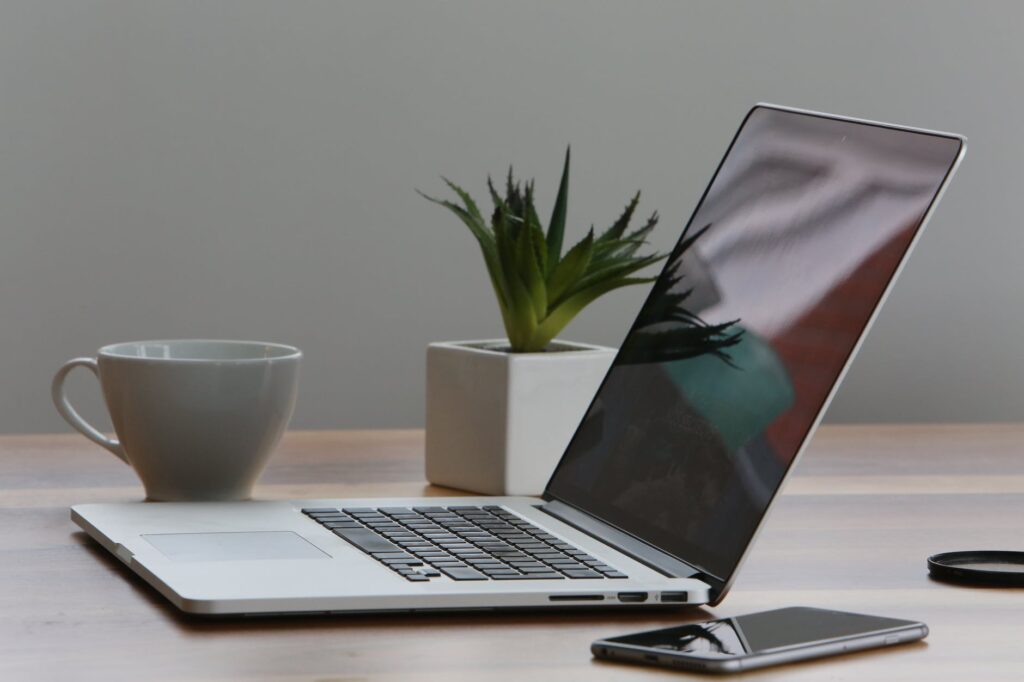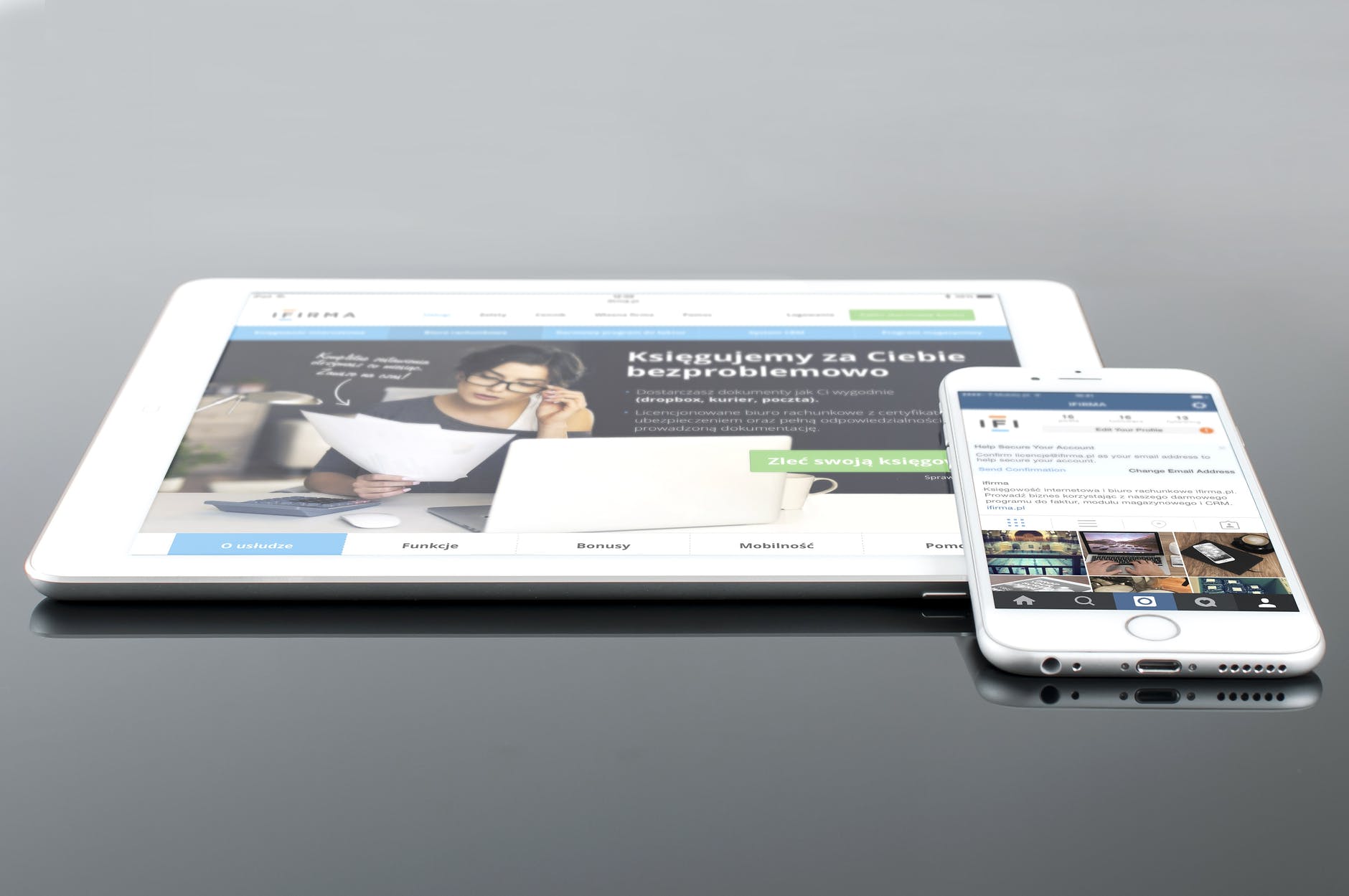Guide to Apple Device Security: These Tips Will Keep Threat Actors at Bay
Just in January, Apple acted on credible intelligence from some security researchers that there might be a way to hack both the iPhone and iPads remotely.
If that were not true, the company would not have replied with iOS and iPad OS 14.4 versions on both classes of devices respectively.
This is not the first time that a flaw has been identified in the Apple systems, though.
The macOS is pretty much locked down against flaws but malicious apps have made it through to the App Store, which extracted data from unsuspecting users. A while ago, a company also brought out a device that could hack iPad and iOS devices on-site via the lightning port connector.
If that tells us anything, it is this: Apple devices have had flaws in the past, of recent, and will have them again. That’s why you need to stay protected.

Staying Safe on Your Apple Devices
Whether you are using the iPad, got an iPhone, or carry a Mac with you, these are the security tips to never let go of
Update Software
In the opening parts of this piece, we mentioned how Apple sent out an update to fix the issues discovered by the security researchers.
That was the same thing they did when they found out a flaw made it possible to hack their units via the lightning port.
This means that those updates and upgrades that the company sends out are not just to beautify your phone. Fortunately, Apple commits to a five-year cycle upgrade and update plan so you will keep getting patched up for long.
Never Jailbreak
If you wanted more out of your device, you should have gone for another OS.
Apple prides itself on operating a walled garden system that only keeps authorized data in and prevents the influx of external data.
This has worked well to keep the malware out. However, some users feel that they can have more and as such, jailbreak their units.
When you do that, you leave the doors open to hackers who know what to exploit.
Jailbreakers also know that they cannot update their devices anymore as that cancels their efforts. So, now, they have to keep dealing with a device running an older version of the software, possibly with known exploits.
Don’t Sideload
Many people think we recommend not sideloading their apps just so that they can get stuck on the App Store. There is more to it than that.
Some researchers at the Georgia Tech Information Security Centre showed that it is possible to sneak a malicious app into the App Store and Apple won’t catch up on it early enough. Note that the keyword here is sneak.
Going to third-party platforms, nobody checks these apps for authenticity or lack of malware. Thus, threat actors can go there and post all their malware in its full glory – and you would download them to your device.
It is better to stick with the platform that constantly monitors the apps it carries to be sure they are never harmful to users.

Get Security Apps
The year is 2021, so why don’t you have a set of security apps running on your Apple devices yet?
Looking at the slew of them out there, things can get overwhelming fast. We have found that less is always better, especially when you know how to choose and combine them right.
Instead of getting an email scanner, for example, get antimalware instead. The best ones tend to scan everything – from the files on your computer to your email attachments and links that you visit on the internet.
It doesn’t hurt to get a VPN on your MacBook, iPhone, and iPad units also. If you are using all on the same home network, a single VPN for your router will do the magic also.
Don’t forget to install a reputable password manager too. If you are doing password security right – as we hope you are – you’ll need a way to remember all those unique password details.
Explore Device Settings
Depending on where you are in the Apple ecosystem, there are multiple settings to explore.
On all of your devices, make sure to check what permissions each one of your apps has. That ensures you don’t give one app any more power than it deserves lest it comes back to haunt you.
For your MacBook, for example, turn off the Spotlight suggestion and enable your FileVault. Likewise, set up a non-admin account for everyday usage while also requiring a password to wake the system up from sleep.
Look around the settings dashboard to see where you can boost your privacy and security better. With Apple, things are simple enough so you always know what you are doing.
Conclusion
We hope we didn’t rain on your parade when we showed you how vulnerable Apple devices can be. A saving grace is that they are better defendants against malware and threat actors, though.
With the tips above, you can rest assured that your unit is now even more protected against any form of attack.
